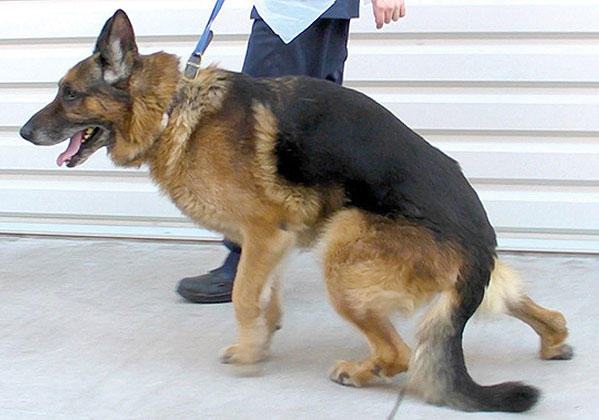How do I get rid of dog ticks and fleas?
Dog ticks and fleas are a source of annoyance and potential health hazards in every part of India. It is possible to raise a fleas and ticks during the entire calendar year. It can find every season like winter,spring or summer. This is especially true because these insects can thrive in our homes any time. Dogs and cats spend time outdoors and equal risk of catching flea and tick. However, since dogs spend more time outside, they are at greater risk than cats. Flea and tick can enter homes through pets.

How dog ticks and fleas infested home and dog health
Your dog is the source for fleas and ticks. Once a fleas arrives on your dog, it will remain there until it is killed by a fleas product or dies naturally. Like an adult fleas, the adult ticks will stay on your dog and eventually lay eggs while feeding your dog. However, ticks go through different stages of life. The ticks would leave the host and “molt” from one stage to another. Ticks are the most commonly transmitted disease to dogs and humans in the nymph and adult stage. If your dog is not preventative or on adulthood (a product to kill fleas and ticks), then it is possible for the dog and possibly your home to develop a serious infection within a few weeks.
If not stopped or treated, fleas and ticks can cause a number of potential health problems for dogs, including:
- Skin irritation
- Skin infection
- Rashes
- Red inflamed skin
- Scabs
- Transmission of disease and illness
- Psychological issues
Fleas and ticks can result in the transmission of disease in humans through sharing and living space with a pet dog. This is why it is important that you are aware of the health hazards that can cause fleas and ticks. It is important that you take measures to reduce the risk of infection. With the right planning and products, fleas and ticks infections can be easily prevented. Our veterinarians are here to help you develop fleas and ticks prevention programs that will best suit your needs and lifestyle.
Flea Treatment is good for Dogs
There are many different fleas and ticks prevention products on the market. The amount of over-the-counter treatments has increased rapidly over the last 20 years. The influx of unapproved fleas treatments for dogs in the early 2000s, and especially spot-on treatments, led the Environmental Protection Agency to issue a warning in 2010 about potential toxic reactions to fleas medication for dogs . This resulted in a setback to the death of the dog responsible for improper use of some products.
How To Identify dog Ticks

Since dogs spend so much time outside, ticks are a common problem and a major concern for owners. If left untreated, fleas and ticks can become deadly problem for your dog. Ticks feed on the blood of the host, and use small but sharp teeth to firmly embed themselves in the dog’s skin and tissue. As they enter the blood stream, ticks can also spread blood borne diseases. The larval and nymph stages of ticks are very small and can be easily released. The adult tick is about 3 mm and is visible to most. Larvae and nymphs are about half the size and are difficult to identify.
Ticks cause bruises and bruises on dogs around the bite site. It is also common to find ticks still attached. There are several ways to treat ticks on dogs, including:
- Spot-On Treatments
- Oral Medications
If you suspect a tick infection, we strongly recommend consulting a vet on your next visit. Although there are many remedies for treating ticks on dogs, it is necessary to ensure that the method you choose is safe and effective.
How To Identify dog Fleas
Fleas are very itchy and annoying and will mainly cause your dog to scratch. If your dog is allergic to flea saliva, itching may be insatiable. Too much scratching can cause skin infections, and fleas on dogs can possibly cause the spread of various diseases. Fleas can be difficult to detect, as they are only about 1-2 millimeters in length, but there are many ways to check for fleas on your dog, including:
- Looking for red, irritated skin on your dog’s neck, abdomen or back
- To see your dog’s skin well, comb his hair from back to front. Flea combs are available at pet stores, but any jagged comb will actually
- Fleas may appear red or brown
- If you see a spec moving, it is probably a fleas
Although identifying flea on dogs is something you can do at home, if you suspect a flea infection, contact us to schedule an appointment immediately. Our veterinary team is very skilled in determining if your dog has fleas or ticks.
Different Types of Flea and Tick Treatments For Dogs
Now a days product like flea collars, sprays, powders and shampoos are more toxic and less effective. For this reason, we do not recommend any of these products to our clients and readers. However, medicated shampoos can be very helpful for skin infections for your dog
Today, recommended flea and tick treatments for dogs include:
- Oral Pills: These are a great option for both flea and tick prevention and treatment, while it is safe for both your dog and your family. Oral pills to treat flea and ticks can only be obtained from your vet
- Spot-on flea treatments: There are many different types of spot-on flea treatments you should consult your vet before appling it.

Popular Blog





